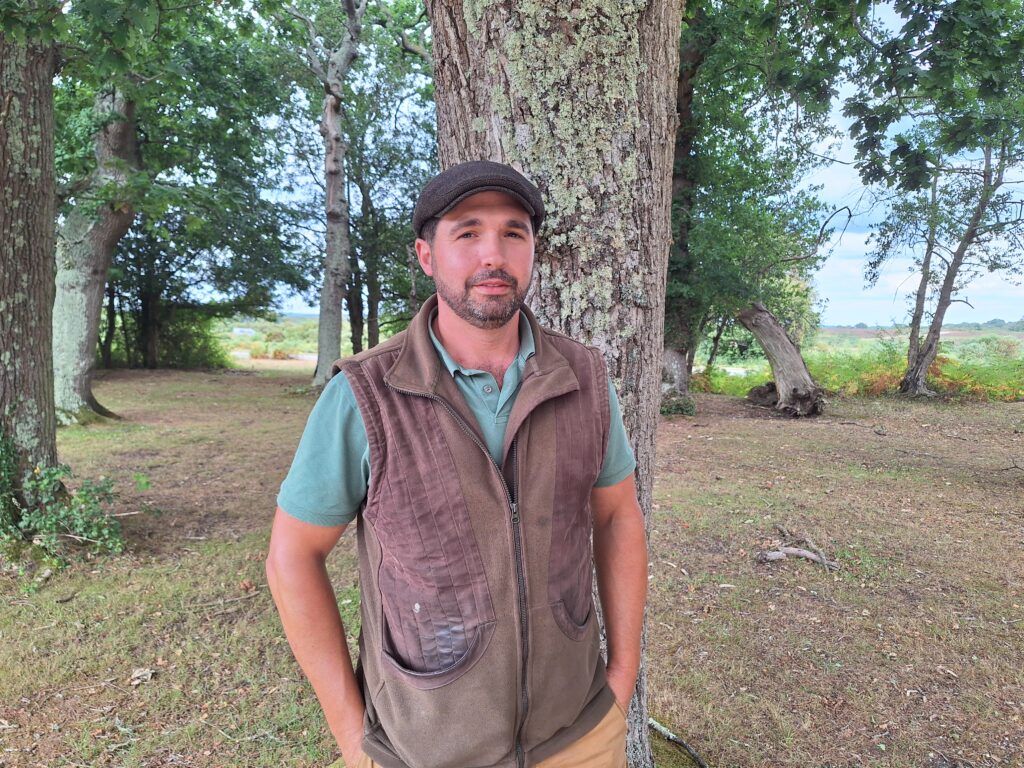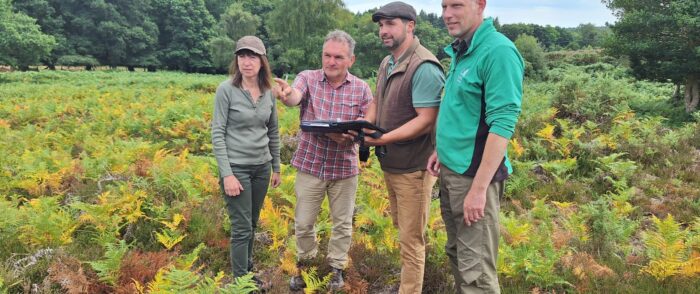New Forest CDA, Forestry England and Natural England – working together for the good of the Forest
Partnership is at the heart of caring for the New Forest. This summer, representatives from the New Forest Commoners’ Defence Association (CDA), Forestry England and Natural England have been coming together to review vital habitat management work.
From maintaining heathland to reducing wildfire risk, the organisations work side by side to protect what is regarded as one of the UK’s most treasured landscapes for wildlife, livestock and people alike.
Together, they start by assessing the lie of the land by looking at the condition of the heather, checking how the gorse is growing and identifying areas where pine and other vegetation are encroaching onto the heath before planning a work schedule.
It is more than a casual inspection; it’s part of an ongoing programme of habitat management designed to ensure the New Forest remains healthy for both wildlife and Commoners’ livestock.
‘Gorse and heather are vital for the animals,’ explains CDA vice chair Keith Mansbridge who also works for Forestry England. ‘If we manage them properly, they provide nutritious forage through the winter months when food is scarce. But if they’re left to get too old or overgrown, they lose their value. That’s why we use controlled burning, mulching, and clearance work to keep the cycle going.’
This work benefits not just the livestock, but the entire Forest ecosystem. Managing vegetation provides food, protects rare habitats and reduces the risk of devastating wildfires while a patchwork of different ages and types of growth is essential for the longevity of the Forest.
The partnership between the CDA, Forestry England, and Natural England is central to this effort. Each organisation brings expertise: Commoners know the needs of the animals and the traditions of the Forest; Forestry England provides the expertise and team to design and carry out large-scale management; and Natural England ensures that the work meets the highest standards of conservation.
‘It is very much a team effort,’ says Keith. ‘We all want the same thing – the Forest to thrive. Working together means we can balance the needs of wildlife, livestock, and the millions of people who come here to enjoy it.’
It is a never-ending process, with different types of work required throughout the year. Autumn is a key time for heathland and wetland management and restoration. Winter is the season for the cut and burn programme, when areas of heath are carefully treated to renew growth.
In other seasons, the focus shifts to surveys, habitat checks and planning the next cycle of work. Commoners also feed into the process by highlighting areas where management would make a difference for grazing or for drifting animals across the landscape.

New Forest CDA vice-chair Keith Mansbridge
For Keith, the message to the public is simple but important. ‘The New Forest is a working forest. It’s here for everyone’s enjoyment, but it also relies on careful management.
‘Everything is connected, from the livestock and the wildlife, to the people who live here and the visitors who love it, so we all have a role in looking after it.’
Despite the challenges of limited resources and the pressures of such a large and heavily visited landscape, Keith is proud of what has been achieved by each organisation.
‘Forestry England and Natural England do a fantastic job, and they listen to us as Commoners,’ he says. ‘Together we make sure the Forest is cared for, now and for the future. It isn’t easy, but we’re doing our very best and that is what the New Forest deserves.’

Members Login
 Latest Tweets
Latest Tweets
Follow us
@realnewforest 4h
Icilibus sam quas aut eriatem nume corepta auta conet officaborem quodi corepta auta conet officaborem quodi apernat ectlpa dolorpiaecus.
@realnewforest 4h
Icilibus sam quas aut eriatem nume corepta auta conet officaborem quodi corepta auta conet officaborem quodi apernat ectlpa dolorpiaecus.
@realnewforest 4h
Icilibus sam quas aut eriatem nume corepta auta conet officaborem quodi corepta auta conet officaborem quodi apernat ectlpa dolorpiaecus.
With thanks for support from




